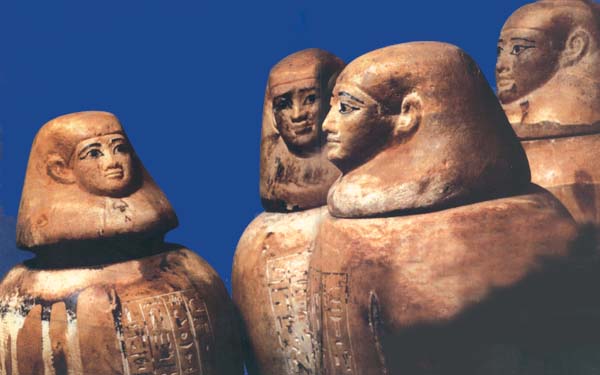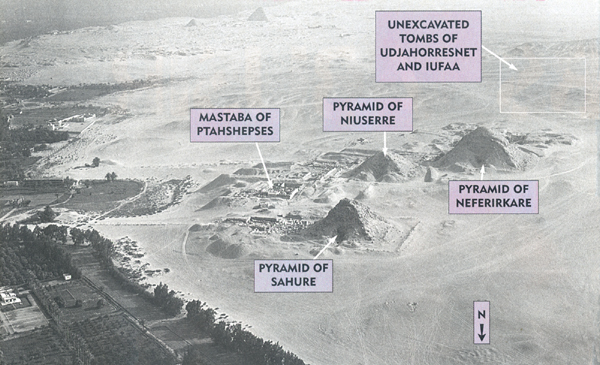The Shaft Tombs of Abusir
Deep beneath the desert, archaeologists found the first undisturbed Egyptian tomb in half a century

Intact tombs from ancient Egypt are extremely rare, so high are the rewards of grave-robbing. Even the most famous tomb of all—that of King Tutankhamun (1336–1327 B.C.), opened by the British archaeologist Howard Carter in 1922—was robbed in antiquity. The last intact tomb was excavated in 1941 by Egyptian archaeologist Zaky Y. Saad. Nothing more, for over half a century.

Then, in 1996, a Czech team under my supervision discovered a fully intact shaft tomb deep beneath the necropolis of Abusir, on the west bank of the Nile about 20 miles southwest of Cairo. The tomb held a huge limestone sarcophagus, which contained another large sarcophagus with a lid made of schist. Inside this second sarcophagus was a wooden coffin bearing the mummy of a 2,500-year-old man. From inscriptions on burial objects in the tomb, we even know his name: “Iufaa, Administrator of the Palaces.”
Already a library member? Log in here.
Institution user? Log in with your IP address.

